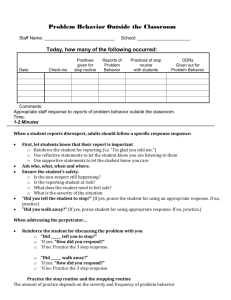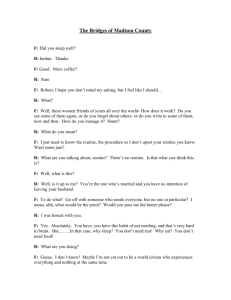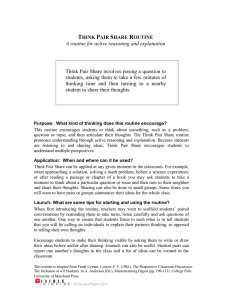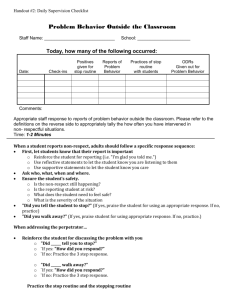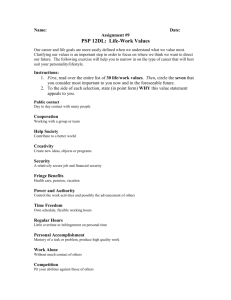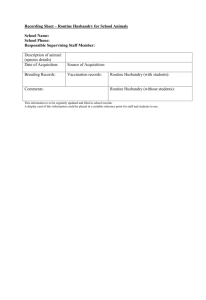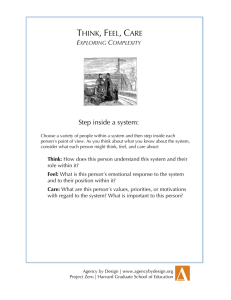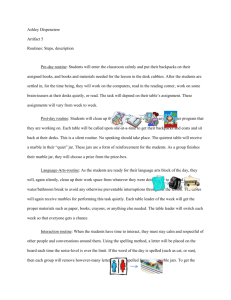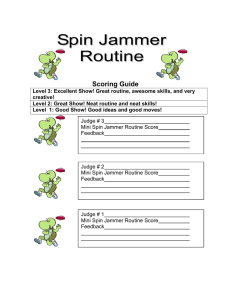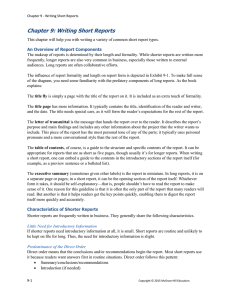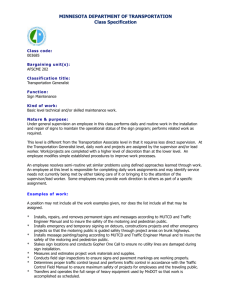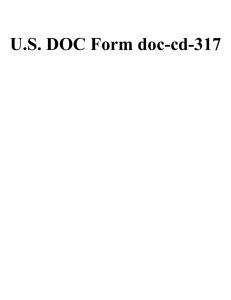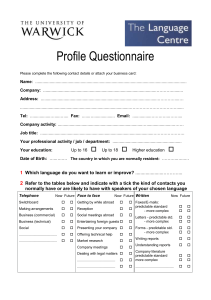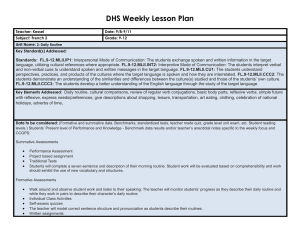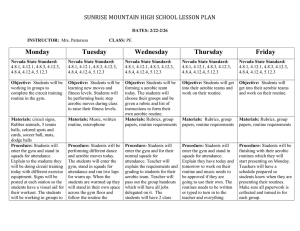Lauren Milwood - Paws.wcu.edu.
advertisement
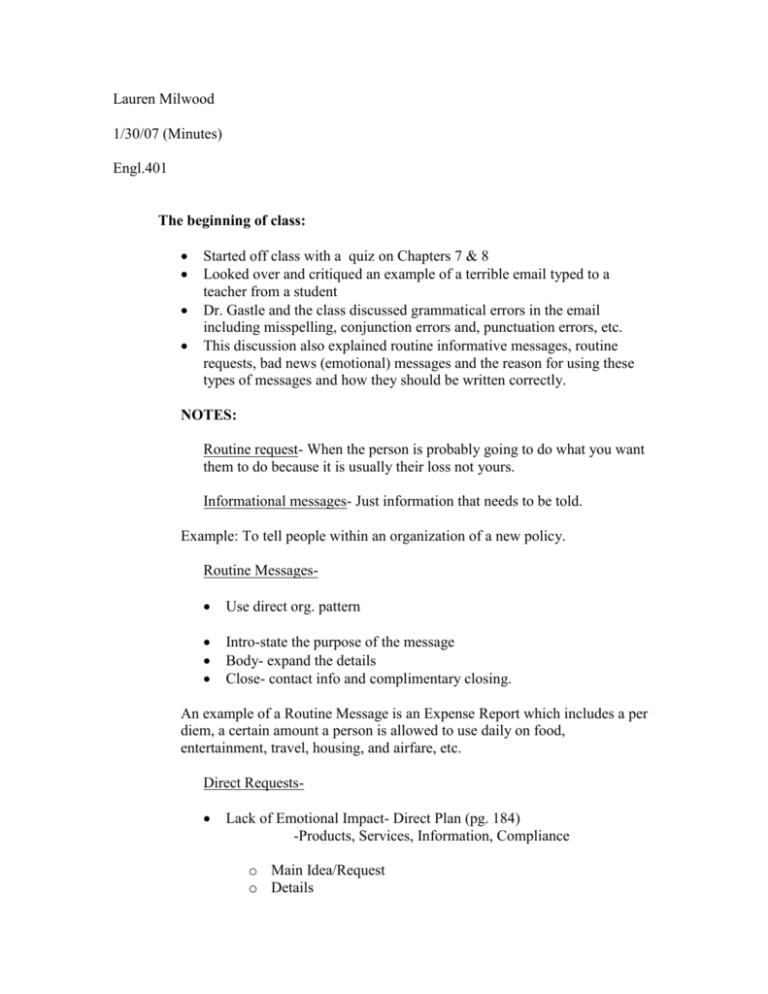
Lauren Milwood 1/30/07 (Minutes) Engl.401 The beginning of class: Started off class with a quiz on Chapters 7 & 8 Looked over and critiqued an example of a terrible email typed to a teacher from a student Dr. Gastle and the class discussed grammatical errors in the email including misspelling, conjunction errors and, punctuation errors, etc. This discussion also explained routine informative messages, routine requests, bad news (emotional) messages and the reason for using these types of messages and how they should be written correctly. NOTES: Routine request- When the person is probably going to do what you want them to do because it is usually their loss not yours. Informational messages- Just information that needs to be told. Example: To tell people within an organization of a new policy. Routine Messages Use direct org. pattern Intro-state the purpose of the message Body- expand the details Close- contact info and complimentary closing. An example of a Routine Message is an Expense Report which includes a per diem, a certain amount a person is allowed to use daily on food, entertainment, travel, housing, and airfare, etc. Direct Requests Lack of Emotional Impact- Direct Plan (pg. 184) -Products, Services, Information, Compliance o Main Idea/Request o Details Audiences Oriented What do you want done? By When? How o Ease of response (Forms, SASE, etc.) o Closing, reiterate request for action Using Indirect Pattern or Bad News- (avoid using personal or forceful styles in a bad news letter) Four Basic Parts of the Indirect Bad News Message -Buffer -Reasons -Bad News -Positive Close End of class: Gave homework assignment that is due by next class: Rewrite the routine request for information letter, choose an org. pattern (direct or indirect) what styles (forceful or passive), personal or impersonal.
